Analysis of the arbitral tribunal
The First Respondent held that the Claimant (i) violated Article 12.2 because of selling a part of the Wreck to TT Company; (ii) had constituted a fraud when selling 14 hatch covers to two (02) parties, and submitted that the First Respondent also had the legitimate right to 14 hatch covers which had been apart from the Wreck because of the wording “anything onboard of the Vessel or fall out of the Vessel”as stipulated in Article 12.2 of the Wreck Sale Agreement in Vietnamese version.

The Tribunal found that the above opinion of the First Respondent was groundless. Article 1 of the Wreck Sale Agreement provided as follows: “Party B hereby agrees to buy the Wreck of the Vessel, and the Owners hereby agree to sell and deliver the Wreck of the Vessel to Party B “as is, where is” with any spares, equipment, bunkers, etc. remaining on board of the Vessel”.
Article 2 of the Wreck Sale Agreement also provided that:
“Title to, property liabilities and risk in the Wreck of the Vessel and all remaining bunkers and/or anyother things remaining on board the Vessel hereby
irrevocably and unconditionally would be passed
to Party B “as is, where is” on the Delivery Date as
set out in Clause 5 [...]”. Article 13 of the Wreck Sale
Agreement clearly stipulates that: “Party B has
inspected and examined the Wreck of the Vessel
and all bunkers, debris and anything onboard the
Vessel and does not rely upon any representation,
statement or information supplied by the Owners,
the P&I Insurers or its Managers, and/or by their
respective officers, directors, servants, agents or
lawyers.”. In accordance with these provisions, the
Tribunal considered that the First Respondent had
reasonable grounds to acknowledge the status
of the Wreck, including knowing of the parts left
existing in the Wreck, which did not contain 14
hatch covers. Also, the Tribunal determined the
condition of “as is, where is” mentioned in the Wreck
Sale Agreement was considered since the time of
signing and delivering the Wreck, which meant the
time that the Wreck had no longer contained 14
hatch covers.
The Tribunal found that the Claimant did not deceive the First Respondent. As per the Wreck Sale Agreement, the First Respondent inspected and acknowledged the status of the Wreck at that time which did not include 14 hatch covers. Also, in this Agreement, the Wreck was sold to the First Respondent with condition of “as is, where is”, which meant not containing 14 hatch covers which were sold to TT Company before.

With regard to the wordings of “anything onboard of the Vessel or fall out of the Vessel”, the Tribunal found that on 16/01/2020, 14 hatch covers had no longer the property of the Claimant, therefore, the Claimant could not sell these hatch covers to the First Respondent. As a result, these 14 hatch covers should not be understood as a part of the Wreck, and also should not be understood as an object of the Wreck Sale Agreement.
Simultaneously, the Tribunal found that the wording “anything onboard of the Vessel or fall out of the Vessel” should be read in conjunction with the condition of “as is, where is” regulated in Article 1 and Article 2 of the Wreck Sale Agreement. Accordingly, the parts which were “fall out of the Wreck” in the ownership of the First Respondent only were counted from the time when the Parties signed the Wreck Sale Agreement and delivered the Wreck, which meant on 16/01/2020. As a result, the Tribunal concluded that the First Respondent has no right to these 14 hatch covers. Furthermore, the Tribunal found that only when arising from a dispute of payment, the First Respondent raised this matter of the hatch covers.
Simultaneously, the Tribunal also found that the Claimant provided the Purchasing Agreement of 14 hatch covers signed on 18/12/2019, before the date of 10/01/2020 which was the time the Parties began to negotiate the sale of the Wreck. This was synonymous with the event that when the Parties initiated to negotiate the Wreck Sale Agreement, 14 hatch covers had not belonged to the Claimant.
The Tribunal did not accept the Respondent’s claim that the Claimant violated the Wreck Sale Agreement because of selling 14 hatch covers to TT Company.
The Arbitral Award: (1) The First Respondent was responsible to pay VND 6,274,800,000 to the Claimant under the Wreck Sale Agreement and the Tri-Party Agreement; (2) The Second Respondent had to convert VND 6,274,800,000 to USD and to transfer to the Claimant’s account as indicated in the Payment Request; (3) The Claimant had fulfilled all obligations under the Wreck Sale Agreement; and (4) The Claimant was no longer the owner of M/V “NS” as from 16/01/2020 when the Wreck had been delivered “as is, where is” to the First Respondent.
(*) VIAC Arbitrator


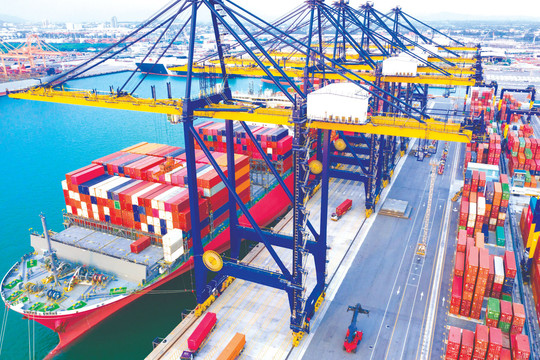
.jpeg)


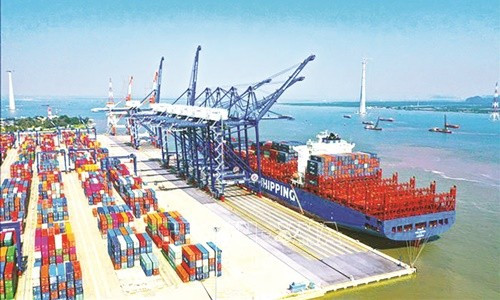



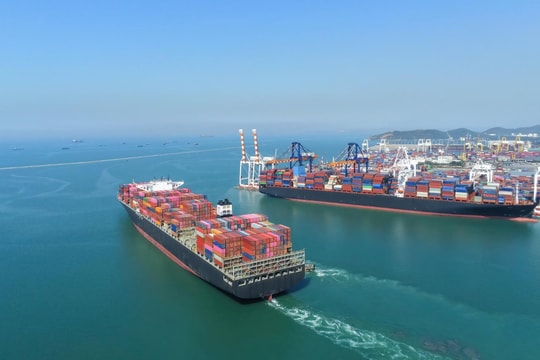

.png)


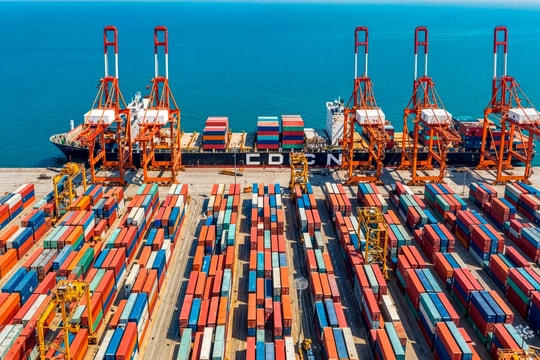
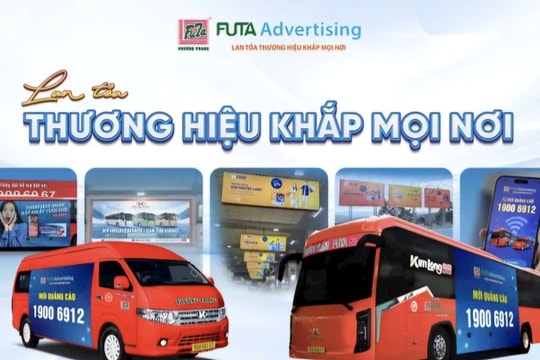
.png)

